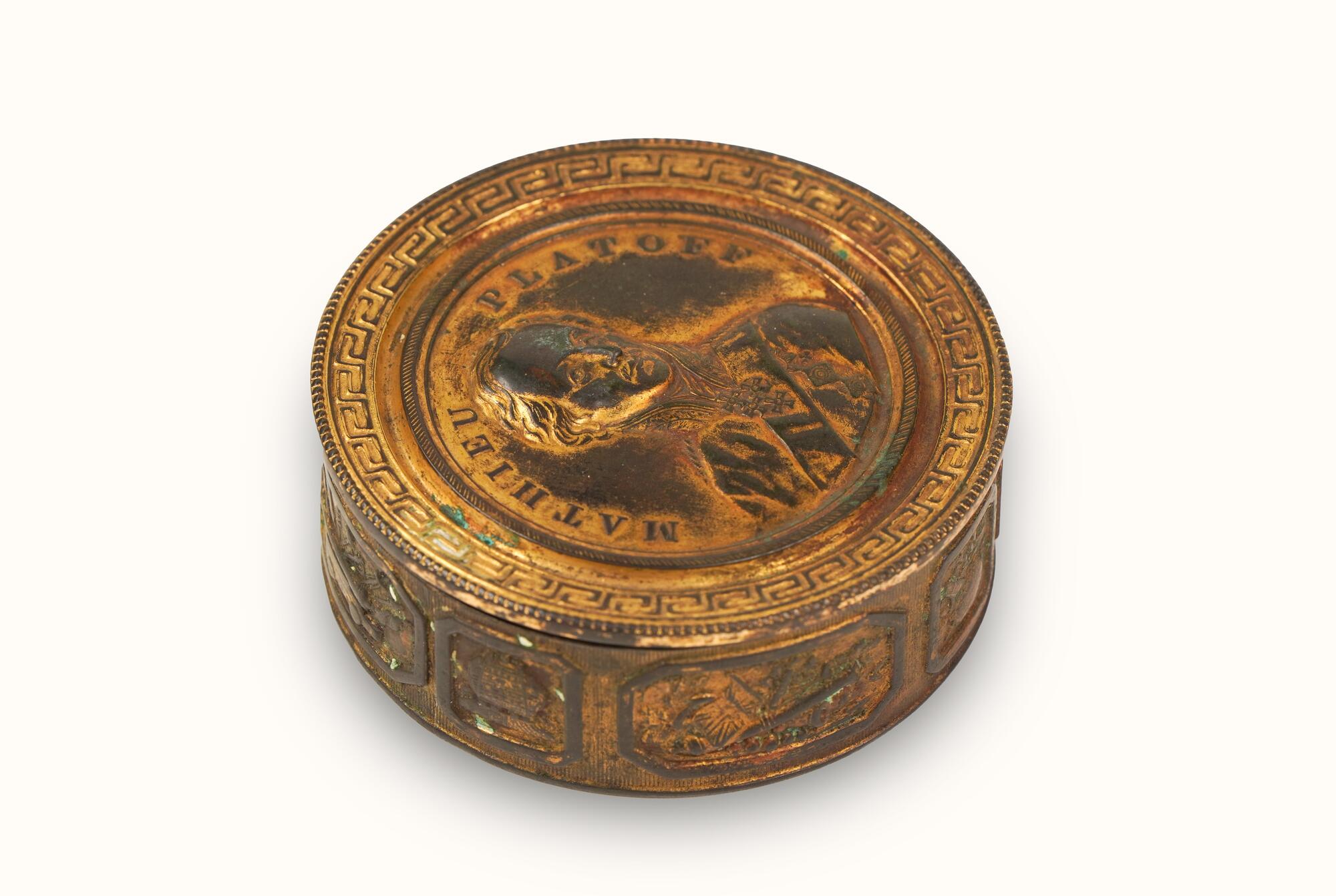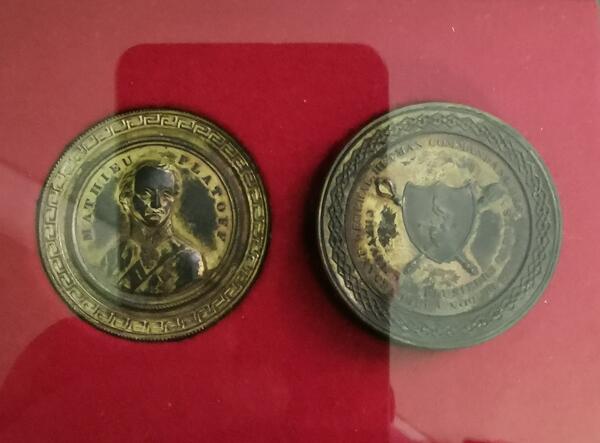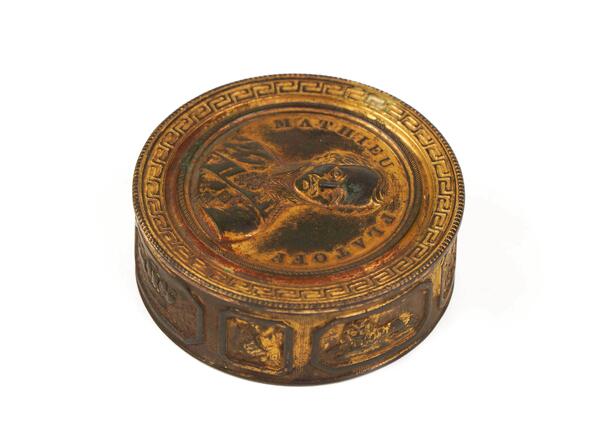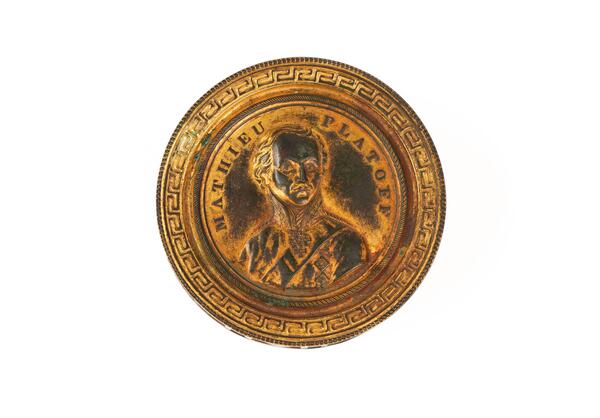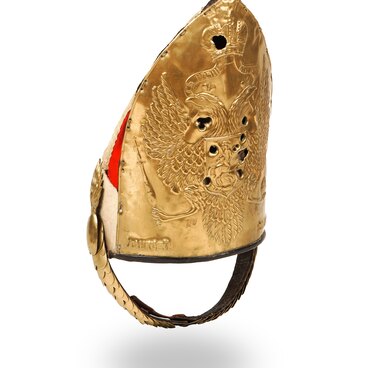Ataman Matvei Ivanovich Platov was a participant in all major military campaigns that happened during his lifetime: the war with Pugachev, the wars in Crimea, in Kuban, the Russo-Turkish war, the siege of Ochakov (for this he received the Order of St. George, 4th class), the siege of Izmail, the Persian and Indian campaigns. In 1806, he was appointed commander of all Cossack regiments. In the Patriotic War of 1812, he led the rearguard of the Russian army.
After 1812–1815, the Cossacks with their amazing combat skills were revered by the Europeans, who seriously considered introducing “Cossack” units into European armies.
In 1811, cavalry captain Druville presented to the Duke of York a “Plan for the formation of Cossack regiments” in England, which would have been modeled after the Russian Cossacks, as well as Polish and Austrian Uhlans. Druville proposed to promote to officers only British nationals, and to recruit privates from captured Russians and Poles. In 1812, at the peak of the fascination with the Cossacks, the British even considered the idea of a purely Cossack unit; however, the fascination soon faded away.
Robert Wilson was an ardent advocate for the Cossacks units in England, in 1812 he was a representative of the British government under Field Marshal Mikhail Illarionovich Kutuzov. During the “Prussian” campaign, he spent a lot of time in the Cossack corps and managed to make friends with Platov.
In 1813, a biography of the ataman was republished for three times in London. In the summer of 1814, Matvei Platov accompanied Alexander I to London and, according to various memoirs, he outshined Princes Michael Barclay de Tolly, Alexander Chernyshyov, Mikhail Vorontsov, Pyotr Volkonsky, General Fyodor Uvarov and Count Adam Ozharovsky. When he went to theaters, everyone flocked to see him; when he walked along a street, a crowd gathered. As a sign of special recognition, the ataman of the Don Cossacks received a Doctor of Law degree from Oxford University (“a doctor of gun law”, as journalists ironically remarked).
About 20 engraved portraits of Platov were printed (a quarter of all the existing ones) and about five portraits were painted (half of all the known ones). The first of them was created in 1814 by Sir Thomas Lawrence. It was a full-length portrait; the ataman was depicted next to his war horse and all his awards.
The presented snuffbox also belongs to that era. It was another symbol of the popularity of Matvei Ivanovich Platov among the British.
After 1812–1815, the Cossacks with their amazing combat skills were revered by the Europeans, who seriously considered introducing “Cossack” units into European armies.
In 1811, cavalry captain Druville presented to the Duke of York a “Plan for the formation of Cossack regiments” in England, which would have been modeled after the Russian Cossacks, as well as Polish and Austrian Uhlans. Druville proposed to promote to officers only British nationals, and to recruit privates from captured Russians and Poles. In 1812, at the peak of the fascination with the Cossacks, the British even considered the idea of a purely Cossack unit; however, the fascination soon faded away.
Robert Wilson was an ardent advocate for the Cossacks units in England, in 1812 he was a representative of the British government under Field Marshal Mikhail Illarionovich Kutuzov. During the “Prussian” campaign, he spent a lot of time in the Cossack corps and managed to make friends with Platov.
In 1813, a biography of the ataman was republished for three times in London. In the summer of 1814, Matvei Platov accompanied Alexander I to London and, according to various memoirs, he outshined Princes Michael Barclay de Tolly, Alexander Chernyshyov, Mikhail Vorontsov, Pyotr Volkonsky, General Fyodor Uvarov and Count Adam Ozharovsky. When he went to theaters, everyone flocked to see him; when he walked along a street, a crowd gathered. As a sign of special recognition, the ataman of the Don Cossacks received a Doctor of Law degree from Oxford University (“a doctor of gun law”, as journalists ironically remarked).
About 20 engraved portraits of Platov were printed (a quarter of all the existing ones) and about five portraits were painted (half of all the known ones). The first of them was created in 1814 by Sir Thomas Lawrence. It was a full-length portrait; the ataman was depicted next to his war horse and all his awards.
The presented snuffbox also belongs to that era. It was another symbol of the popularity of Matvei Ivanovich Platov among the British.
